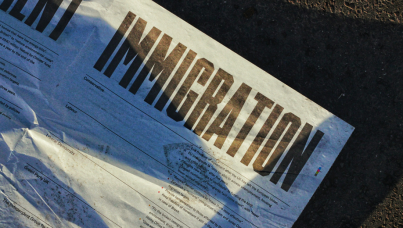A340 Surpasses The Competition In Traveller Preference Survey
Airbus Industrie's A340 is preferred for its seating and engine configuration by a five to one factor over its closest competitor, according to a survey conducted by UK-based market research company MORI, in January this year. The survey confirmed an overwhelming passenger preference for the A340's user-friendly seating features and exceptional level of comfort overall.
When aircraft were identified by name, 69 per cent of all business travellers surveyed stated that they would prefer to fly Business Class on an A340 and, when flying Economy Class, 60 per cent of those surveyed would also opt for the A340.
A wide sample of frequent flyers from North America, Europe and South East Asia, all of whom take flights of over seven hours at least four times a year, were polled for their preferences concerning seating and the importance of the number of engines on long trans-ocean flights. The survey, carried out during January, was commissioned by Airbus Industrie but designed and implemented independently by the renowned British firm MORI.
The results showed that 91 per cent of Business Class travellers prefer seats between aisles to be doubles rather than triples, with only 3 per cent wanting a centre seat. The A340's comfortable 2-2-2-seat standard configuration for Business Class thus fully gratifies the vast majority of passengers who dislike the middle-seat provided by its direct competitor. 76 per cent of regular travellers in Economy class favoured four-abreast seats between aisles - a feature of the A340 - in comparison with its direct competitor's more cramped five-abreast (preferred by only 6 per cent). Indeed, passengers naturally reject seating arrangements which trap them between fellow travellers and considerably hamper their access to an aisle.
The results of the MORI survey correlate closely with those of two earlier surveys conducted in 1999, by the International Air Transport Association (IATA) and the UK market research company, 'arnold and bolingbroke', respectively, both of which showed that passengers strongly prefer the comfort-oriented seating configuration of the A340.
Airbus Senior Vice President Commercial, John Leahy, commented on MORI's further confirmation of these preferences, saying "You cannot ignore such consistent findings. Business Class travellers are getting more knowledgeable and demanding, and do not want to spend long travel times stuck in a seat between two other passengers. It's an inconvenience and an invasion of their personal space."
The MORI survey also revealed that, of those who expressed an opinion, for long haul intercontinental flights, four-engine aircraft were preferred by an overwhelming majority.
In this respect John Leahy added "This is an important issue for many travellers. With the increased range of future airliners and the demand for direct routes between North America and Asia for example, aircraft have to fly for many hours over remote areas like Siberia or the Polar regions. In a four-engine aircraft passengers can avoid longer twin-engine routings and potential delays."
The first all-new long haul aircraft to enter service in more than two decades, the A340 - as confirmed by the survey - features exceptional passenger comfort and ideal seating arrangements, as do all the A330/340 Family aircraft since they share the same optimum fuselage cross-section.
This overwhelming passenger preference is directly echoed in terms of market share. To date, the A330/A340 Family has sold 557 aircraft to 54 customers - over 100 more orders and 80 per cent more customers than the 777 programme. During 1999 alone, 68 A330/A340s were sold, achieving a 75 per cent market share as compared to the 777 programme. Continuing to prove its success, the A330/A340 family have already gained 32 further commitments in the first two months of this year.
Technical details
The survey was conducted by MORI on behalf of Airbus. A total of 909 interviews using computer assisted telephone interviewing (CATI) were carried out among business travellers during the period January 7 to 31, in North America, Europe and South-East Asia.



